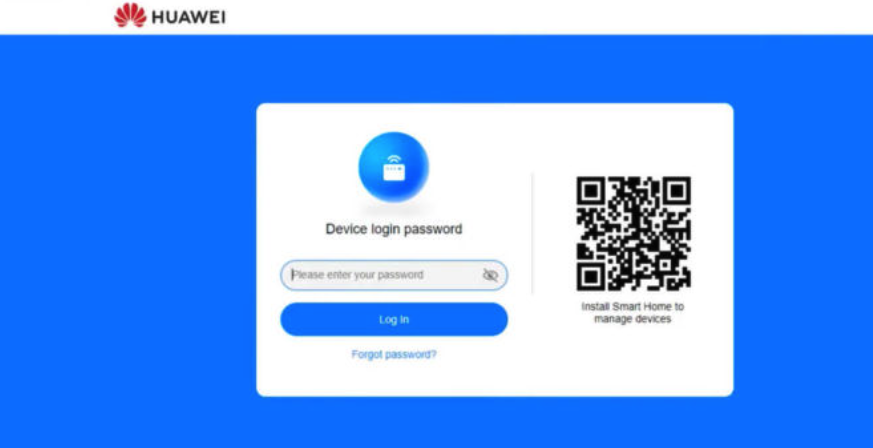Three Router Login: Simplify Network Management
Three routers are popular for their seamless connectivity and user-friendly interface. Logging into your Three router’s admin panel enables you to manage network settings, update security, and optimize performance. This guide will walk you through the login process and help you unlock the full potential of your router.
How to Log In to Your Three Router
Follow these simple steps to access the admin interface of your Three router:
Step 1: Connect to Your Network
Ensure your device is connected to the router via:
- Wi-Fi Connection: Use the default SSID (network name) and password located on the router’s label.
- Ethernet Connection: For a more stable connection, use an Ethernet cable to connect your device directly to the router.
Step 2: Open a Web Browser
Launch any browser like Google Chrome, Firefox, or Safari on your device.
Step 3: Enter the Router’s IP Address
In the browser’s address bar, type http://192.168.1.1 or http://192.168.0.1 and press Enter. This will take you to the login page of your Three router.
Tip: If these IP addresses don’t work, refer to the router’s manual or check the back of the device for the correct IP.
Step 4: Enter Your Login Credentials
When prompted, input the default username and password:
- Username: admin
- Password: admin (or as specified on the router’s label).

If you’ve personalized these credentials and forgotten them, reset the router to restore the defaults.
Customizing Three Router Settings
Once logged in, you can tailor various settings to suit your needs. Here are some essential configurations:
1. Change Wi-Fi Name and Password
- Navigate to the Wireless Settings section.
- Update the SSID (Wi-Fi name) and password.
- Save the changes to secure your network.
2. Enable Parental Controls
Monitor and manage internet usage for connected devices:
- Go to the Parental Controls menu.
- Set access schedules and website filters.
- Save the settings.
3. Update Firmware
Keep your router’s software up-to-date:
- Access the Firmware Update section under System Tools.
- Check for available updates and follow the instructions to install them.
4. Set Up a Guest Network
Provide internet access to visitors without compromising your primary network:
- Open the Guest Network section.
- Enable the feature and configure a unique name and password.
- Save the changes.
5. Monitor Connected Devices
Keep an eye on the devices using your network:
- Navigate to the Device Management or Connected Devices menu.
- Disconnect unauthorized users to maintain optimal speeds.
Troubleshooting Three Router Login Issues
1. Can’t Access the Login Page?
- Double-check the IP address:
http://192.168.1.1orhttp://192.168.0.1. - Ensure your device is connected to the router’s network.
- Restart your router and try again.
2. Forgot Your Login Credentials?
- Reset the router by pressing and holding the reset button for 10-15 seconds.
- Use the default credentials after the reset.
3. Experiencing Slow Internet Speeds?
- Update the router’s firmware.
- Place the router in a central location, away from obstructions.
- Disconnect unused devices to free up bandwidth.
Why Log In to Your Three Router?
Accessing the admin panel of your Three router allows you to:
- Enhance Security: Prevent unauthorized access by updating the default login details.
- Improve Performance: Adjust settings to optimize speed and stability.
- Manage Your Network: Monitor connected devices and set up a guest network.
FAQs About Three Router Login
1. What is the default IP address for Three routers?
The default IP addresses are http://192.168.1.1 or .
2. How do I reset my Three router?
Press and hold the reset button for 10-15 seconds to restore factory settings.
3. Can I access the Three router login page on my phone?
Yes, as long as your phone is connected to the router’s network.
4. Why is my Three router login page not loading?
Ensure your device is connected, clear your browser cache, and verify the correct IP address.
Description (SEO-Friendly):
Learn how to log in to your Three router, customize settings, and troubleshoot issues. Optimize your network’s performance and security with this step-by-step guide.